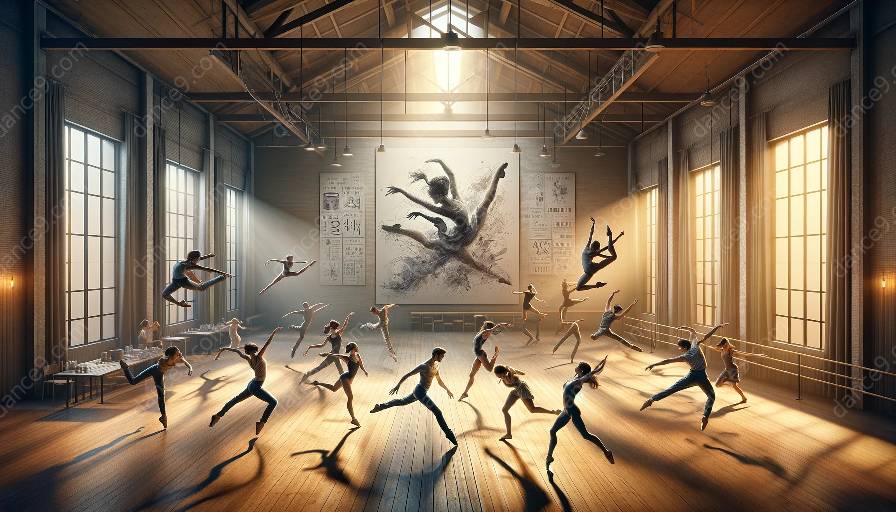Dance is a universal form of expression that encompasses various styles and techniques. Choreography, the art of creating dance sequences, requires a deep understanding of movement, space, and musicality. It involves the integration of fundamental techniques to convey emotions and narratives through movement. By exploring the core principles of choreography, dancers and choreographers can elevate their performances and captivate audiences.
The Basics of Choreography
Before delving into the fundamental choreographic techniques, it's essential to understand the basics of choreography. Choreography is the process of creating and arranging movements in space and time to communicate a specific idea or emotion. It involves structuring movements, transitions, and formations to create a cohesive dance sequence.
Utilizing Space and Levels
One fundamental choreographic technique is the effective use of space and levels. Choreographers utilize the space around the dancers to create visually compelling sequences. This includes exploring the dimensions of the performance area, such as utilizing the stage, wings, and even the audience space. Additionally, choreographers consider the use of levels, including floor work, standing, and elevation, to add depth and dynamic range to the dance.
Rhythmic Dynamics
Rhythm is a crucial element in dance choreography. Understanding rhythmic dynamics involves the manipulation of tempo, accents, and pauses within the choreography. Choreographers craft movements that are synchronized with the music, creating a sense of unity and synchronization between the dancers and the accompanying music.
Storytelling through Movement
Choreography serves as a medium for storytelling, allowing dancers to convey narratives and emotions through movement. Fundamental choreographic techniques for storytelling involve the use of gesture, expression, and thematic motifs to communicate a compelling narrative. By integrating these techniques, choreographers can evoke powerful emotions and convey complex stories through dance sequences.
Transitions and Flow
Seamless transitions and flow are vital components of effective choreography. Choreographers focus on creating smooth and fluid transitions between movements and formations, allowing the dance sequence to unfold seamlessly. This entails a keen eye for spatial relationships and timing, ensuring that the transitions enhance the overall cohesiveness of the performance.
Collaborative Composition
Choreography often involves collaboration between choreographers, dancers, and other creative professionals. This collaborative composition process allows for the exchange of ideas, experimentation with movements, and the integration of diverse perspectives. By fostering a collaborative environment, choreographers can harness the collective creativity and expertise of the team to produce captivating dance sequences.
Embracing Innovation and Experimentation
Effective choreography embraces innovation and experimentation. Choreographers continually seek new ways to push the boundaries of movement and expression. This involves exploring unconventional techniques, harnessing technology, and integrating interdisciplinary elements to bring fresh perspectives to dance choreography.
Conclusion
Fundamental choreographic techniques form the building blocks of compelling dance sequences. By mastering the basics of choreography, understanding spatial dynamics, rhythm, storytelling, transitions, collaboration, and embracing innovation, choreographers can create captivating dance performances that resonate with audiences on a profound level.






































